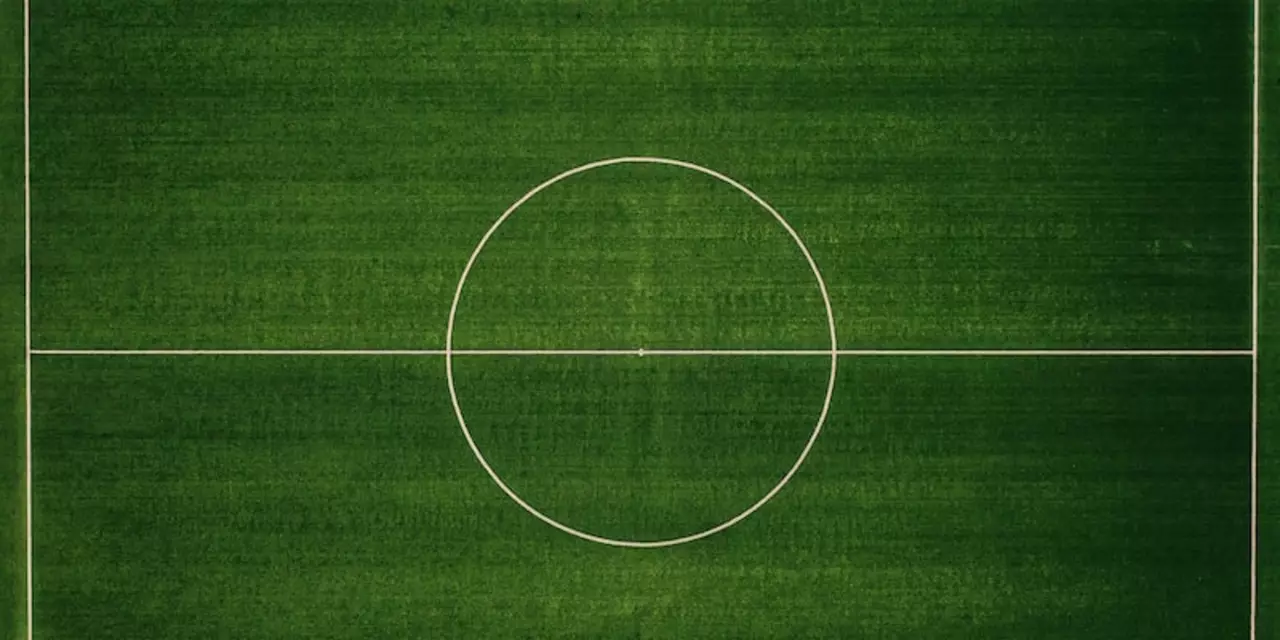Improvement
When talking about Improvement, the ongoing effort to raise ability, speed, or knowledge in sports and everyday life. Also known as progress, it fuels every drill on the pitch, every gym session and every tactical board discussion. soccer training is a core driver of that progress, while fitness supplies the stamina needed to keep improving night after night. Finally, tactics shape how raw skill turns into real match impact. In short, improvement encompasses skill development, demands consistent practice, and thrives on good fitness and smart tactics.
Why do some players jump from good to great while others stall? The answer often lives in the quality of their training routine. A mix of technical drills, small‑sided games and video analysis creates the feedback loop that sharpens touch, vision and decision‑making. When you pair that with targeted strength work, you boost the physical ceiling that lets those technical gains hold up under pressure. Look at the posts about “tips for improving as a soccer player” – they all stress repetition, fitness and game‑sense as the three legs of a sturdy improvement tripod.
But improvement isn’t just about the body; the mind matters just as much. Understanding game rules, learning different formations, and visualizing scenarios set the stage for smarter play. One article busts the myth that soccer is low‑scoring, showing how tactical nuance turns even a quiet match into a strategic battle. When you grasp why a team presses high or sits back, you can adjust your own play instantly, speeding up the learning curve.
In the United States, the push for improvement faces extra hurdles. Late adoption of the sport, competition from basketball and football, and limited youth funding all slow the nation’s rise on the global stage. Still, every extra training hour, every community league, and every coach who emphasizes fitness helps close that gap. The “why is the US not stronger as a global soccer power?” post highlights precisely these improvement blockers and the steps needed to overcome them.
Even off the field, improvement shows up in the business side of the game. Soccer agents, for example, improve player careers by negotiating contracts, scouting talent and managing public relations. Their work demonstrates that improvement isn’t a solo act – it’s a network effort, linking athletes, coaches, trainers and managers.
All these angles – technical drills, fitness regimes, tactical learning, cultural factors and career support – weave together a full picture of improvement in soccer. Below you’ll find articles that dive deeper into each piece, from quick skill hacks to big‑picture discussions about the sport’s future. Use them as a toolbox: pick what fits your level, try it out, and watch your game get better step by step.
Why doesn't the United States have a better soccer team?
The United States is one of the most successful countries in the world in terms of sports, but it has not been able to create a successful soccer team. This article explains some of the reasons why the US has not been able to develop its soccer talent. The first reason is the lack of a national soccer league, which makes it difficult for players to develop their skills. Additionally, soccer is not as popular as other sports in the US, which means that there is less financial support for the sport. Finally, the US has not had a successful soccer coach in recent years, which has made it difficult to cultivate a successful soccer team.

 Sports Analysis
Sports Analysis